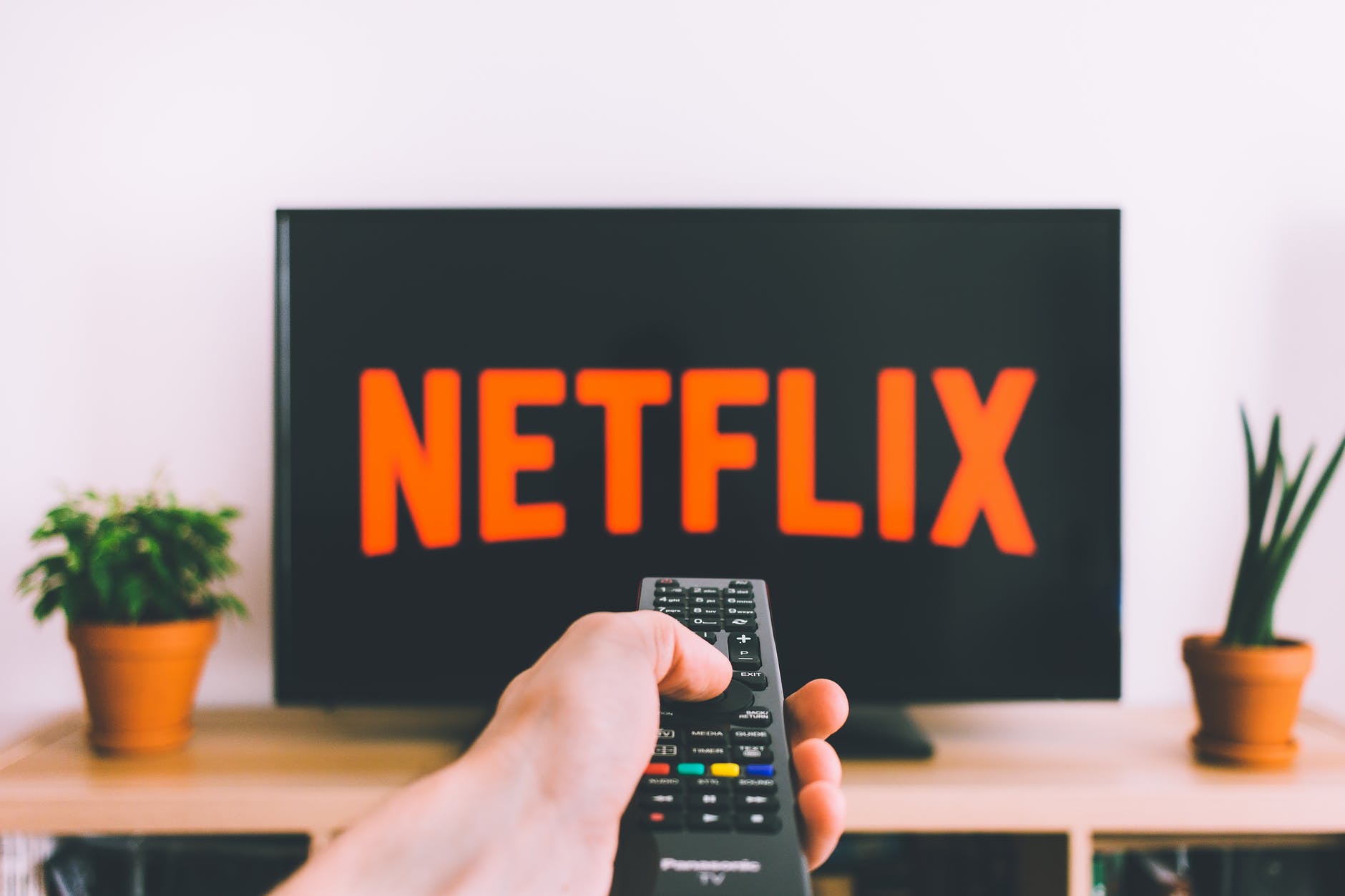Could Soda Taxes Halt Obesity? The Evidence is In
There’s a growing body of evidence that higher prices mean fewer sodas bought, and consumed.
It seems like simple math—lose empty calories, like those found in sugared sodas, lose weight, and be healthier. But how to get people to slow down on the sugar, and how big of a problem is this, really?
Given recent reports that 25 percent of New Yorkers are obese (which is actually far fewer than in many states: New York is currently ranked #44 in the nation in obesity) and that 12 percent of the people in New York drink at least one sugary soda a day (2014 numbers) maybe it’s time for a soda tax.
After all, if soda (or the sugar in soda) is taxed and prices of soda go up, people will certainly drink fewer sodas and the weight will come off, right?
In 2012, the former mayor of New York City Michael R. Bloomberg certainly thought that regulating soda would help the health of the city. At the time, his proposed limit on soda sizes was mocked and courts eventually ruled that the regulation exceeded government authority.
Since then, more than half a dozen cities, including Boulder, Colorado, Philadelphia, Penn. and San Francisco, Calif. have levied taxes on soda or “sugary drinks.”
With what appears to be wider acceptance, at least according to this New York Times article, the beverage industry may be losing the battle to keep government’s hands off sodas. Which brings up the need for evidence. Does a tax on a popular product really reduce consumption?
It does when it comes to cigarettes, at least among younger people, as well as those already facing financial adversity. A report published in 2011 states that, “Most studies found that raising cigarette prices through increased taxes is a highly effective measure for reducing smoking among youth, young adults, and persons of low socioeconomic status.”
In fact, it is “vital,” according to the researchers, to keep taxes on cigarettes high enough to inhibit purchase.
Multiple experts consider sugar, in excess, (that is, 18 teaspoons or more) to be as dangerous to public health as alcohol and tobacco. Those campaigning against sugary drinks and sodas are actually using the tactics waged against “big tobacco” to make their case and get tax legislation enacted.
Drinking a can and a half of Coca-Cola, and you’ve hit the daily limit.
So, back to cutting back. The city of Berkley, Calif., was one of the first to pass a “big soda” tax. Researchers found that, in the first four months after the tax went into effect, self-reported consumption of soda went down by more than 20 percent. (Article about the study here.)
The study focused specifically on low-income families, and the self-reporting methodology has its flaws, but the research backs trends that have been proven in other countries with soda and/or sugar taxes.
Hungary has had a tax in place since 2011, and the result has been a 19 percent reduction in the purchase of sugary soft drinks. Mexico, too, has seen sales fall.
Yet, people like their soft drinks and there is often push back from consumers about higher prices. Residents of Philadelphia, Penn., were so worked up about the tax (1.5 cents per ounce of beverage) that they melted down on social media. Some people publicly declared that they would drink nothing but water. Which, of course, is one of the points of the tax—healthier beverage choices. Still, with a pint beer cheaper than a large soda, others will justify a switch to alcohol, which is not exactly healthier.
Jason Kessler, otherwise known as “The Nitpicker” penned a column years ago that dove into the high cost of sodas, and concluded that, “Maybe jacking up prices and introducing unnecessary innovation to the soda market will finally get me to stop drinking pop altogether. It’s just sugar water.”
It was a big maybe, though, because, “Sugar water….goes so well with pizza. And burgers. And wings…”
Soda might taste great, but with the links between sugar and poor health people need to seriously reduce the amount of soda they drink. Based on the research, and the reactions of consumers, the soda tax is effective, people do purchase (and presumably drink) fewer sugary beverages. While the economic consequence is another question, we can assume the tax at very least will loosen up some jeans.









